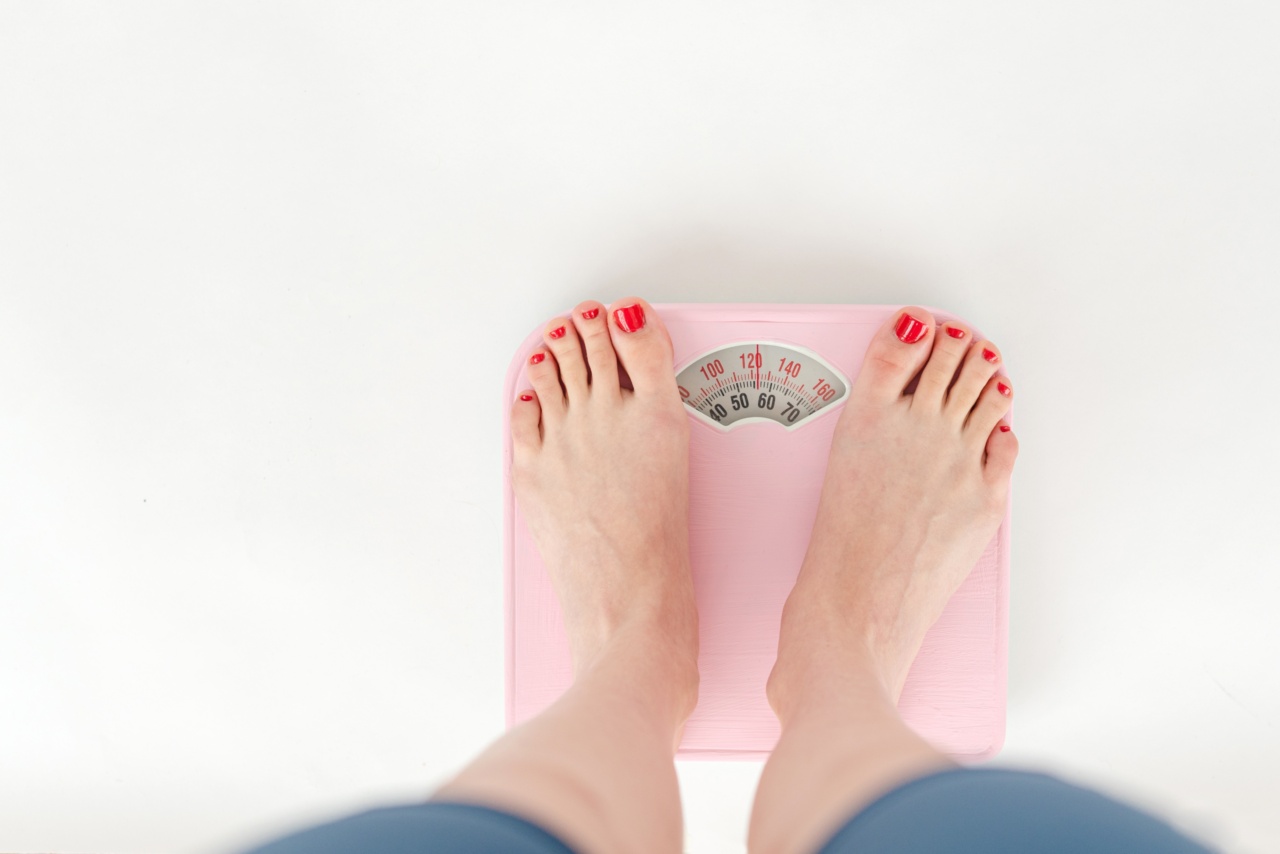Monitoring your blood pressure regularly is an essential step towards maintaining good health. High blood pressure, also known as hypertension, can lead to severe complications such as heart disease, stroke, and kidney problems.
To accurately assess your blood pressure, follow these seven simple steps:.
Step 1: Choose the Right Blood Pressure Monitor
When it comes to measuring your blood pressure, accuracy is crucial. Opt for a validated digital blood pressure monitor that suits your needs.
Make sure the device meets the standards set by professional organizations such as the Association for the Advancement of Medical Instrumentation (AAMI) and the British Hypertension Society (BHS).
Step 2: Prepare Yourself
Before taking your blood pressure, it’s important to prepare correctly. Avoid smoking, consuming caffeine, or exercising for at least 30 minutes prior to the measurement. Rest for at least five minutes in a quiet and comfortable environment.
Ensure that your bladder is empty and that you are in a relaxed state.
Step 3: Positioning
Correct positioning is vital for an accurate blood pressure reading. Sit on a chair with your feet flat on the floor. Rest your arm on a table or other surface so that it’s at the same level as your heart.
Keep your palm facing upward and ensure that the cuff is properly aligned with your heart.
Step 4: Applying the Cuff
Apply the blood pressure cuff around your upper arm. The cuff should sit snugly but not too tight, allowing two fingers to fit between the cuff and your arm. Make sure the cuff’s lower edge is approximately one inch above the crease of your elbow.
Step 5: Take the Reading
Turn on the blood pressure monitor and press the start button to begin the measurement. Remain still and avoid talking during the reading. The monitor will inflate the cuff, squeeze it for a moment, and then gradually deflate it.
As this happens, the monitor will display your systolic (the top number) and diastolic (the bottom number) blood pressure measurements.
Step 6: Record the Measurements
Once the measurement is complete, record the displayed blood pressure values in a journal or smartphone app dedicated to this purpose. Note the date, time, and arm used for the measurement.
Over time, tracking these measurements will help you and your healthcare provider understand your blood pressure patterns better.
Step 7: Repeat and Average
For greater accuracy, it’s advisable to take two or three measurements consecutively, waiting a couple of minutes between each reading. Afterward, calculate the average of all the readings to obtain a more reliable blood pressure value.
By following these seven simple steps, you can confidently measure your blood pressure in a correct and consistent manner, enabling you to monitor changes and take necessary actions towards maintaining optimal health.





























